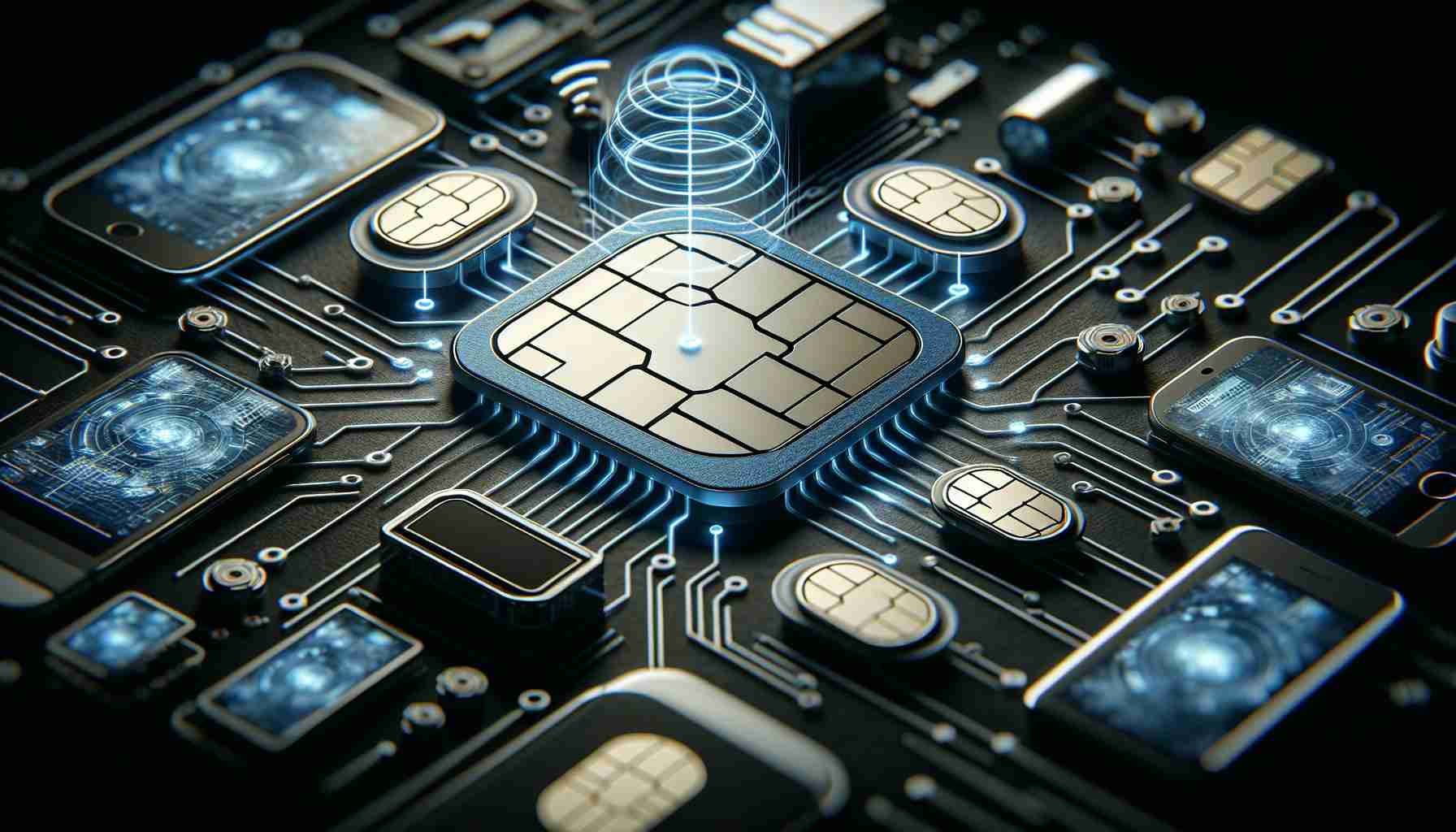Advancements in mobile technology are gearing up to take a giant leap forward with the evolution of integrated SIMs (iSIMs). According to forward-looking research from Juniper Research, the landscape of connectivity is expected to be remodeled with a staggering increase in iSIM integration across connected devices. Estimates suggest that from a modest figure in 2024, the presence of iSIMs in the market could amplify to more than 10 million by 2026, marking a significant technological milestone.
At the heart of this innovation are the looming SGP.41/42 specifications by GSMA. The specifications, which are expected to be released by the end of 2025, will standardize the implementation of iSIM technology, charting a path for a 1,200+ percent growth. The iSIM effectively merges the SIM’s functionalities within a device’s main processor, paving the way for the traditional SIM cards to become a thing of the past. These developments suggest a future where devices could come with preloaded network plans, eliminating the need for separate SIM modules.
The iSIM architecture enables devices to have cellular connectivity profiles pre-installed during the manufacturing process. This feature, referred to as In-factory Profile Provisioning (IFPP), will empower manufacturers to ship devices ready for immediate network connection.
However, Juniper’s research highlights the current industry’s hesitation due to the lack of a consolidated standard for iSIM. The report’s author, Elisha Sudlow-Poole, suggests that for iSIM technology to gain widespread traction, eSIM vendors must offer flexible platforms that are adaptable to evolving standards and foster robust partnerships with manufacturers.
Taking a bigger picture view, iSIMs have the potential to play a pivotal role in industries where compact, energy-efficient devices are paramount. These include areas like smart energy and remote logistics. By 2028, Juniper Research anticipates that iSIM connections could reach a monumental 210 million worldwide.
Important Questions and Answers:
1. What is an integrated SIM (iSIM)?
An integrated SIM (iSIM) is a technology that incorporates the functionality of a traditional SIM card directly into a device’s main processor. This integration allows devices to have their cellular connectivity profiles pre-installed during the manufacturing process.
2. Why is the GSMA’s SGP.41/42 specification significant?
The GSMA’s SGP.41/42 specification is significant because it will standardize the implementation of iSIM technology. This standardization is crucial for ensuring that iSIM can be widely and reliably adopted across the industry.
3. What potential advantages does iSIM offer?
iSIM offers several advantages, such as the potential for devices to be smaller and more energy-efficient due to the elimination of the need for a separate SIM card slot. It also simplifies the device setup process for end-users and can enable new business models for manufacturers and carriers.
Key Challenges and Controversies:
– The industry’s current hesitation to adopt iSIM technology is due to a lack of consolidated standards. Without unified standards, widespread implementation and adoption can be challenging.
– There are privacy and security concerns related to having connectivity profiles pre-installed in devices, which must be properly addressed to protect user data.
– The transition from traditional SIM cards to iSIMs would require significant changes in manufacturing processes and may face resistance from stakeholders invested in existing technologies.
Advantages of iSIM:
– Reduction in physical hardware requirements, making devices more compact.
– Enables In-factory Profile Provisioning (IFPP), allowing devices to ship ready for immediate network connection.
– Simplifies device setup for users.
– Offers potential for more energy-efficient devices, which is especially beneficial in industries that prioritize compact and long-lasting technology.
Disadvantages of iSIM:
– Potential security and privacy risks if not properly implemented.
– May lead to market disruption and resistance from current SIM card manufacturers and vendors.
– Requires a significant industry transition to a new standard, which can be slow and costly.
If you are looking for more information on mobile connectivity and technology trends, these websites may provide additional context and data:
– GSMA: Offers resources on mobile industry standards, including those related to SIM and iSIM technologies.
– Juniper Research: Provides in-depth market research and analysis on mobile and digital technology sectors.
